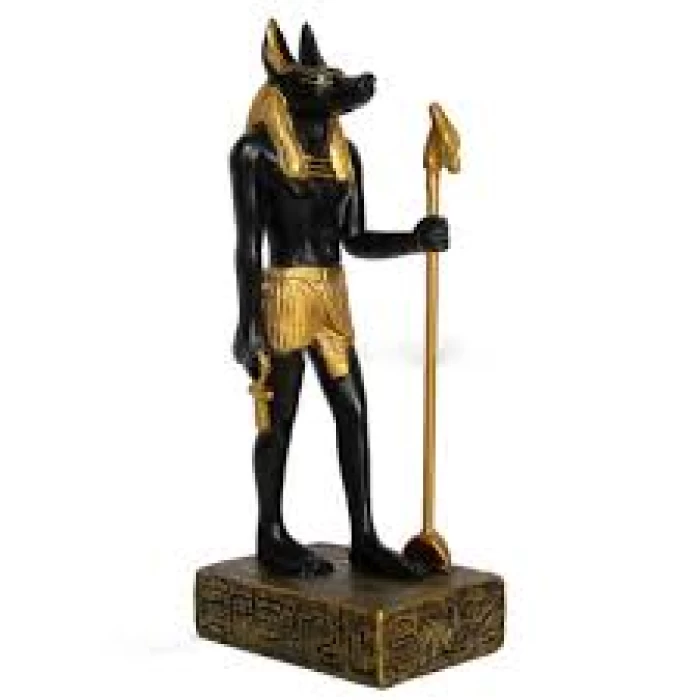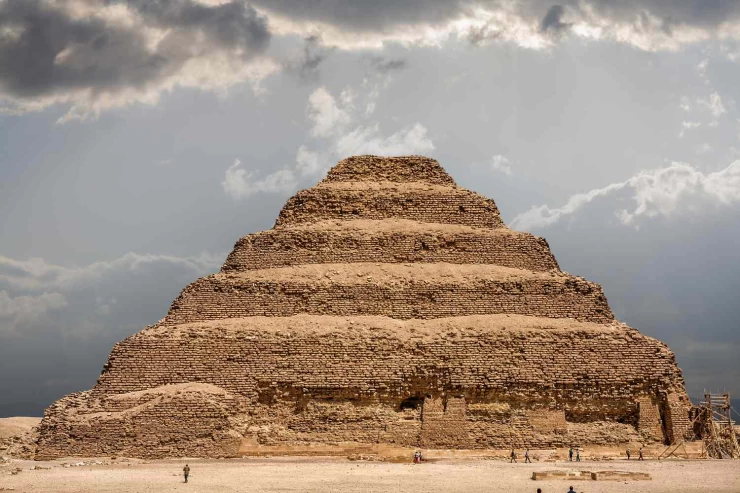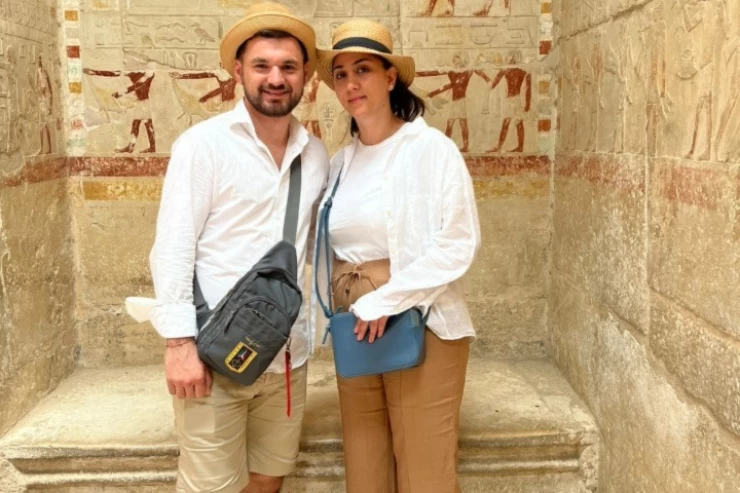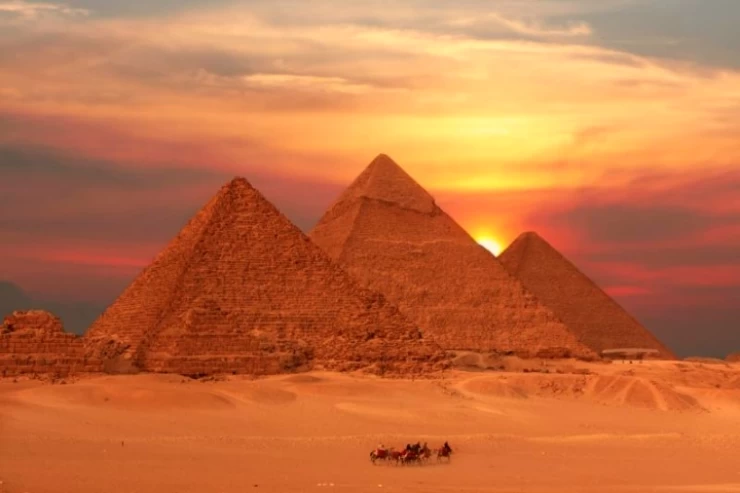
Dios Anubis
Anubis era conocido como el dios del inframundo, pero más tarde se asoció con el proceso de momificación y las procesiones fúnebres. Su nombre fue cambiado y luego fue conocido como "Imy-ut" (Aquel que está en el lugar de embalsamamiento), nub-ta-djser (señor de la tierra sagrada). Preservar el cuerpo de la persona muerta era una de las creencias del antiguo Egipto, por eso momificaron a sus muertos, Anubis era el dios momificado.
Anubis tenía una espinilla que lo representaba como el dios de los muertos. La forma humana completa de Anubis se podía ver en el Templo de Ramsés II en Abydos. Anubis también tiene una hermosa estatua en su nombre que está hecha en forma de chacal que se encontró en la Tumba de Tutankamón que fue descubierta por el famoso excavador Howard Carter en la necrópolis del nuevo reino conocida como el Valle de los Reyes en el Oeste. Bank of the Nile River, y ahora se exhibe en la colección del Museo Egipcio de El Cairo.
Podemos ver muchas oraciones y rituales dedicados a Anubis tallados en muchas tumbas antiguas de Egipto. Observó el proceso de momificación de los muertos para asegurarse de que fuera adecuado. Acompañó a las almas del inframundo mientras examinaba su conocimiento de los dioses y su fe. Puso el corazón de los muertos en la balanza de la justicia cuando tuvo lugar el juicio del corazón.
Ancient Egypt boasted many great monuments and left us a cultural legacy unparalleled among other civilizations, one that we are still proud of and distinguished by to this day.
One of the hallmarks of ancient Egypt's greatness was its recognition of the one god, its sanctification of him, and its devotion to him, offering sacrifices to him. Not only that, but its loyalty to the god extended to the construction of temples and the inscription of his symbols on walls. The god was represented in animals, plants, and birds, and was considered a symbol of the goodness that God bestowed upon the people of Egypt.
The title of god given to these sanctuaries was not intended to refer to the supreme god, the creator of the universe. Rather, it was a specific god associated with a specific aspect of life, such as agriculture, rain, life and death, the Nile, air, and fertility...Anubis, the ancient Egyptian deity of the dead, tombs, and mummification, is the most well-known of these gods.
Reason for his sanctification: The ancient Egyptians took Anubis as their god, seeing him as the archenemy of the dead, as he would dig up graves and tamper with the bodies of the dead. This was the reason behind his sanctification as the lord of the dead and protector of cemeteries, in order to ward off his evil.
Anubis was known as the god of the underworld but later he became associated with the mummification process and the funeral processions. His name was changed and he was then known as "Imy-ut" (He Who is In the Place of Embalming), nub-ta-Djoser (lord of the sacred land). Preserving the body of the dead person was one of the ancient Egyptian beliefs that's why they mummified their dead, Anubis was the mummified god.
The head of a jackal, an animal connected to graveyards and death, is frequently used to represent Anubis. This relationship was probably prompted by the ancient Egyptians' observations of jackals wandering near cemeteries. The presence of the jackal represented Anubis' function as a guardian of the deceased... Anubis, the symbol of judgment and balance, is the funerary symbol embodied in the image of a black animal from the wolf family (jackal).
The titles and names of this god are: "Leader of the Westerners" and "Leader of the Dead." Lord of the ancient Abydos necropolis. He takes the dog. From the end of the Old Kingdom, it became a title for the god Osiris after being merged with him.
The jackal is the sacred animal of the gods Wewawet and Anubis, the god of embalming.
The jackal, or wolf, led the deceased into the afterlife, sometimes taking the form of an animal (jackal). He was considered a great funerary god, and temples were dedicated to his worship in Middle Egypt, in a city the Greeks called Kenopoas, meaning "City of Dogs."
Anubis assumed various roles in different contexts. He was depicted as a protector of tombs as early as the First Dynasty (c. 3100 - c. 2890 BC). Anubis was also responsible for mummification. By the Middle Kingdom (c. 2055 - c. 1650 BC), he had been replaced by Osiris in his role as lord of the underworld. One of his most prominent roles was as a guide of souls into the afterlife.
We can see a lot of prayers and rituals dedicated to Anubis carved on many ancient tombs in Egypt. He watched the process of mummification of the dead to ensure it was proper. He accompanied the souls of the underworld while examining their knowledge of the gods and their faith. He placed the heart of the dead on the scales of justice when the judging of the heart took place.
Birth: He was the fourth son of the god "Ra". It was also believed that the god Anubis was the son of the goddess Nephthys and the god Osiris, after Nephthys, the wife of the god Set, fell in love with Osiris, the husband of Isis, and appeared to him in the form of his wife and became pregnant with Anubis. However, she was afraid of the god Set, so she abandoned Anubis. However, when Isis found out about the matter, she adopted him, and he later helped her in mummifying the god Osiris.


















